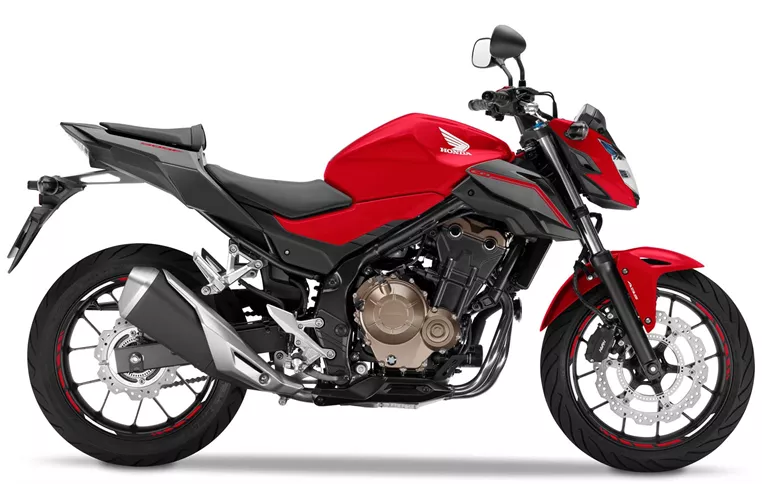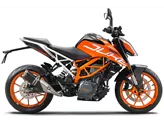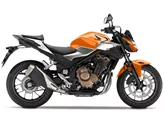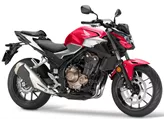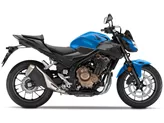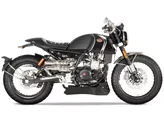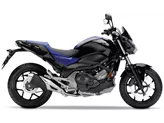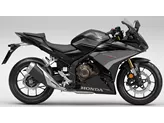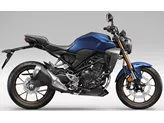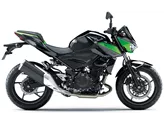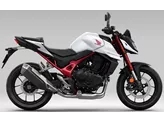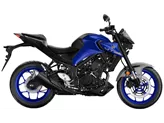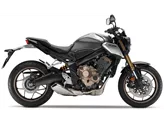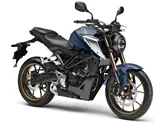Honda CB500F 2017 vs. Kawasaki Z 400 2019

Honda CB500F 2017

Kawasaki Z 400 2019
Overview - Honda CB500F 2017 vs Kawasaki Z 400 2019
The Honda CB500F 2017 and the Kawasaki Z 400 2019 are both naked bikes with similar engine types, inline two-cylinder engines. However, there are some notable differences between the two models.
In terms of engine power, the Honda CB500F 2017 has a slight advantage with 48 HP compared to the Kawasaki Z 400 2019's 45 HP. The Honda also has a higher torque of 43 Nm compared to the Kawasaki's 38 Nm. This means that the Honda may offer slightly better acceleration and overall performance.
Both bikes have fuel injection systems and liquid cooling, ensuring efficient fuel delivery and optimal engine temperature. They also have steel frames, providing a sturdy and reliable chassis.
When it comes to braking, both bikes feature single disc brakes with double piston calipers at the front. This ensures effective stopping power and control.
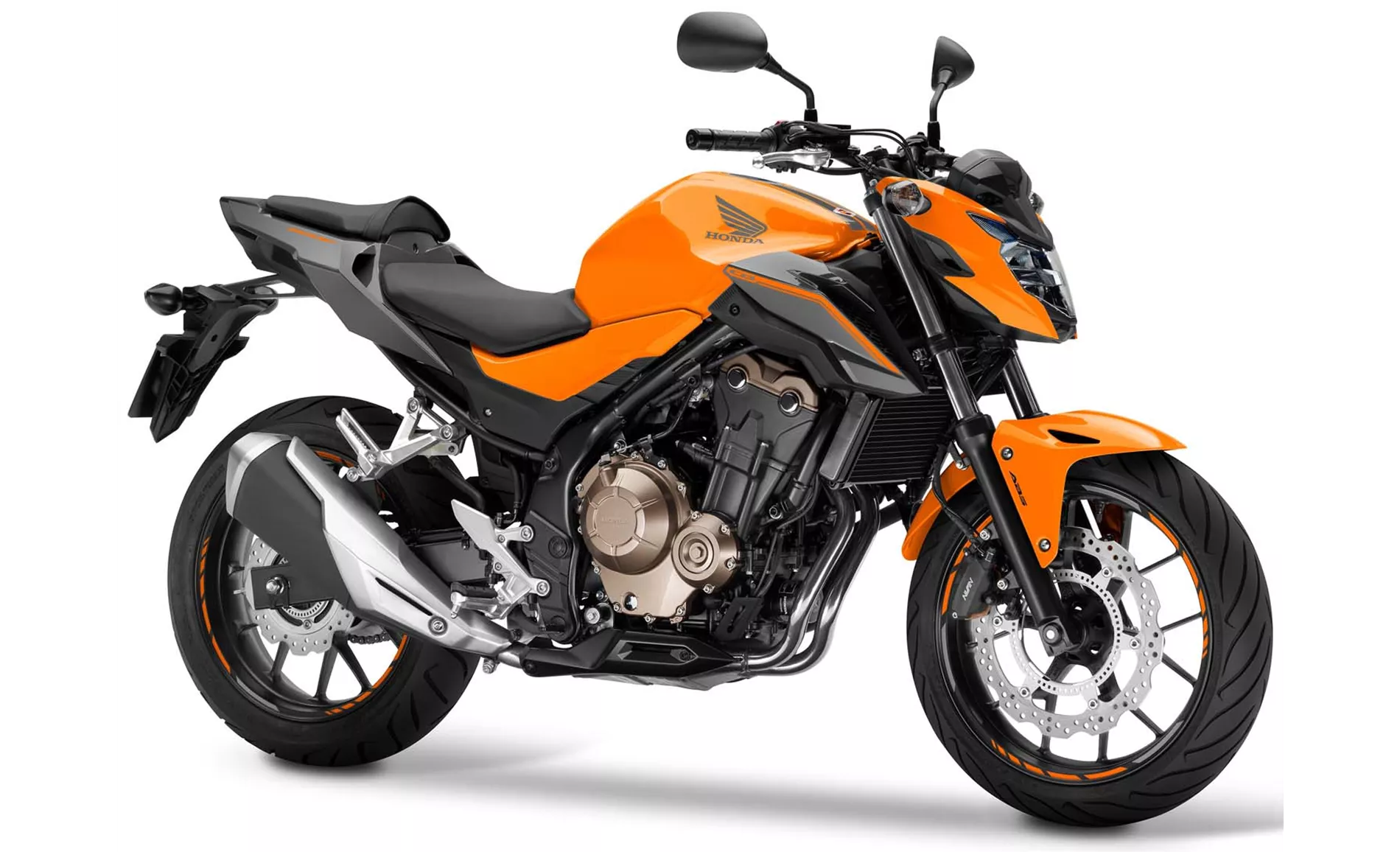
Honda CB500F 2017
In terms of tire dimensions, the Honda CB500F 2017 has a wider front tire with a width of 120 mm compared to the Kawasaki Z 400 2019's 110 mm. The rear tire width is also wider on the Honda at 160 mm compared to the Kawasaki's 150 mm. This may result in slightly better stability and grip for the Honda.
The wheelbase of the Honda CB500F 2017 is longer at 1410 mm compared to the Kawasaki Z 400 2019's 1370 mm. A longer wheelbase can contribute to better stability and handling at higher speeds.
In terms of seat height, the Kawasaki Z 400 2019 has a slightly lower seat height at 785 mm compared to the Honda CB500F 2017's 790 mm. This may make the Kawasaki more accessible to riders with shorter inseams.
When it comes to weight, the Kawasaki Z 400 2019 is significantly lighter with a kerb weight of 167 kg compared to the Honda CB500F 2017's 191 kg. This lighter weight may result in better maneuverability and agility for the Kawasaki.

Kawasaki Z 400 2019
In terms of fuel tank capacity, the Honda CB500F 2017 has a larger capacity at 15.7 liters compared to the Kawasaki Z 400 2019's 14 liters. This means that the Honda may have a slightly longer range before needing to refuel.
In terms of strengths, the Honda CB500F 2017 offers a powerful two-cylinder engine, a mature and stylish appearance, LED lighting technology, and the reputation for Honda's quality and reliability. On the other hand, the Kawasaki Z 400 2019 boasts a great and controllable power delivery, low weight, good seating position, great sound, and is particularly suitable for novice riders.
In terms of weaknesses, the Honda CB500F 2017 lacks a gear indicator, which can be inconvenient for some riders. The Kawasaki Z 400 2019 has non-adjustable clutch and brake levers, which may not provide the optimal ergonomic fit for all riders. Additionally, the Kawasaki has limited adjustable chassis, which may limit the customization options for riders seeking a personalized riding experience.
Overall, both the Honda CB500F 2017 and the Kawasaki Z 400 2019 are solid choices in the naked bike segment, offering their own unique strengths and weaknesses. Riders should consider their individual preferences and priorities to determine which bike best suits their needs.
Technical Specifications Honda CB500F 2017 compared to Kawasaki Z 400 2019
Pros and Cons in comparison
Pros and Cons in comparison
Honda CB500F 2017
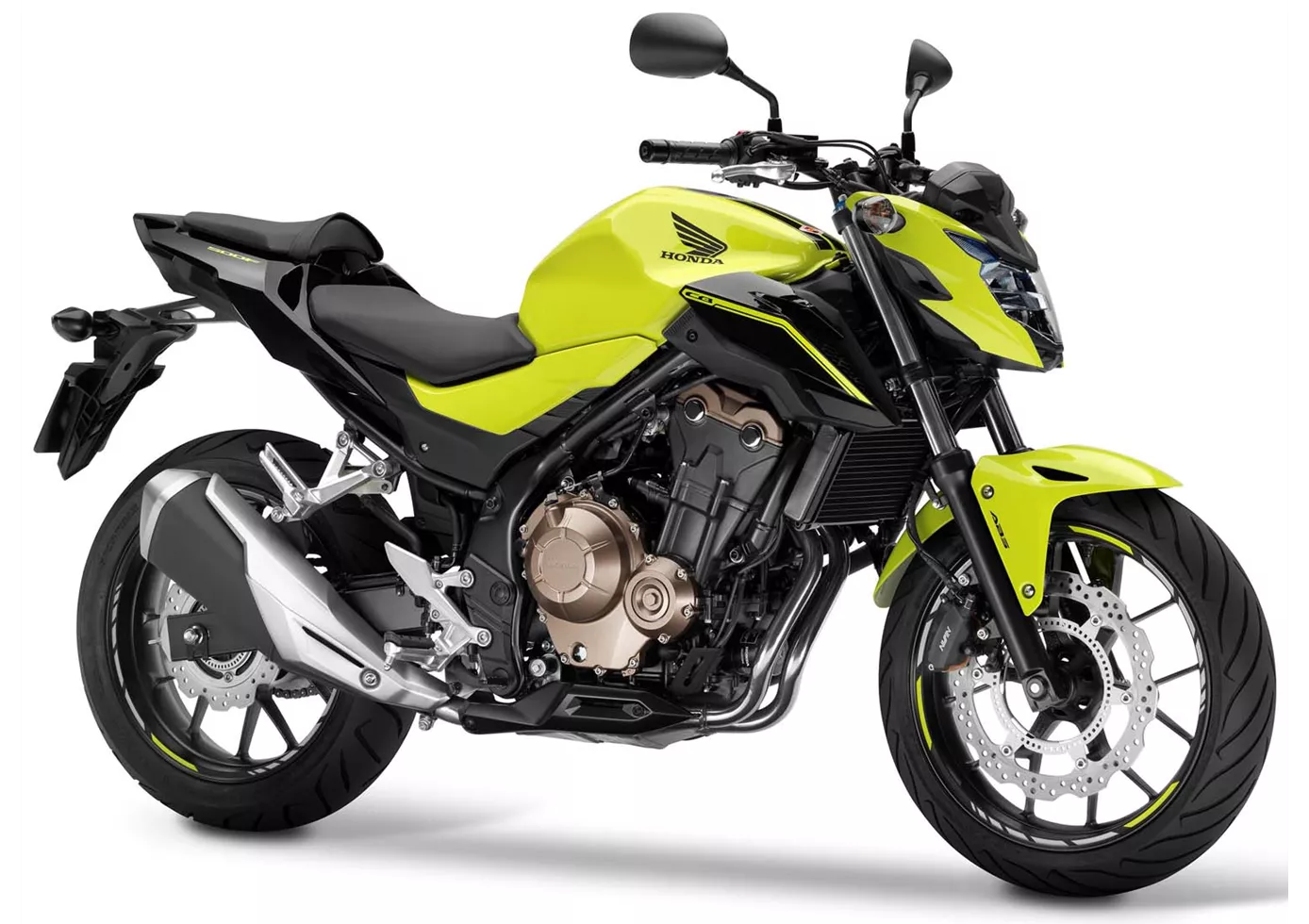
Even after a few years in production, Honda manages to keep the CB 500 F fresh. With LEDs in the front and rear and a revised engine, the naked bike remains a great A2 motorbike tip. Its grown-up appearance gives it a real big-bike feel, which means it doesn't have to hide at all. It could only be better if it had a gear indicator.
Kawasaki Z 400 2019

The Kawasaki Z400 is definitely a great evolution of its predecessor, the Z300. More power, less weight - all around, simply an even better bike. Above all, the linear power delivery and excellent handling make the Z400 an ideal entry-level bike. The ease of clutch operation and good chassis set-up are also in this vein, which is why the Z400 can be recommended to novice riders without hesitation.
Price Comparison Avarage Market Price Honda CB500F vs Kawasaki Z 400
There are a few key differences between a Honda CB500F 2017 and a Kawasaki Z 400 2019. In terms of price, the actual average price of a Kawasaki Z 400 2019 is about 4% higher. A Honda CB500F 2017 experiences a loss of 100 USD in one year of ownership. This is offset by a loss of 270 USD for a Kawasaki Z 400 2019. Compared to Kawasaki Z 400 2019 there are less Honda CB500F 2017 bikes available on the 1000PS.de Marketplace, specifically 5 compared to 6. It takes less time to sell a Honda CB500F with 73 days compared to 99 days for a Kawasaki Z 400. Since model year 2013 1000PS.de editors have written 22 reviews for the Honda CB500F and 8 reviews for the Kawasaki Z 400 since model year 2019. The first review for the Honda CB500F was published on 11/10/2012 and now has more than 18,500 views. This compares to more than 23,200 views for the first review on Kawasaki Z 400 published on 10/2/2018.
